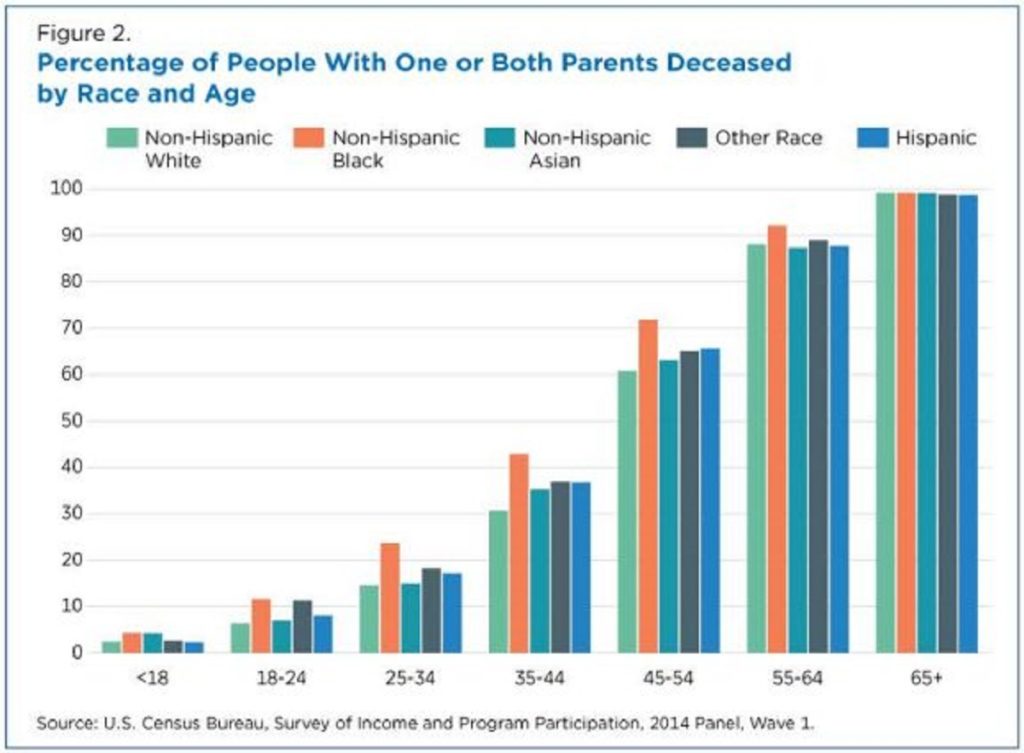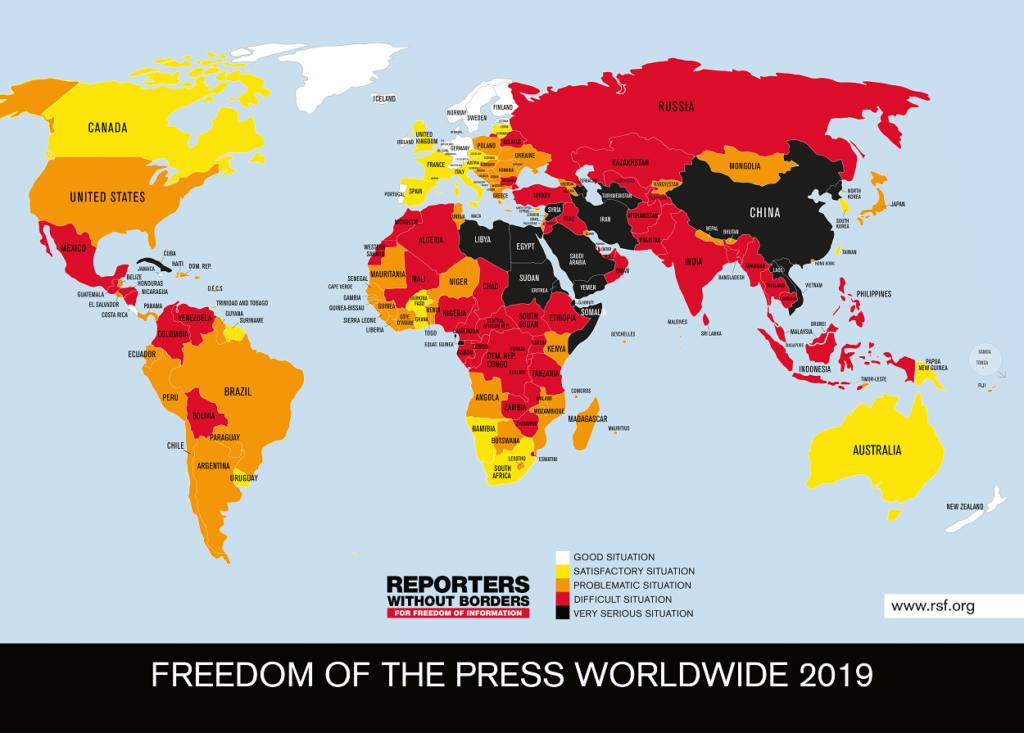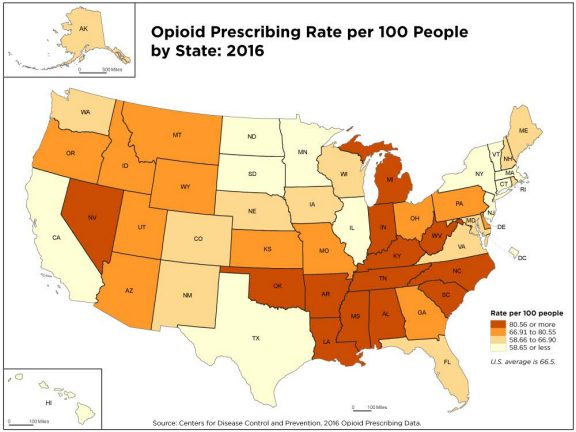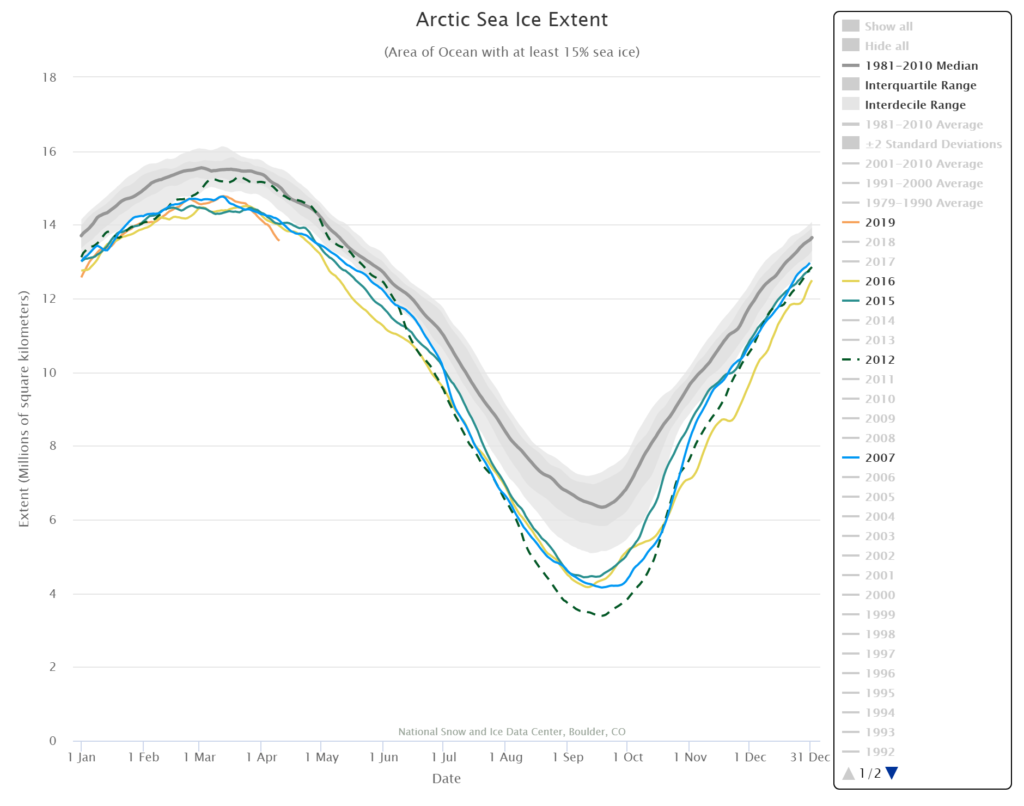NOAA has an online tool, Data Tools: Daily Weather Records, that has a summary of daily, monthly, and all time weather records for the last 7, 30, and 365 days, as well as month to date and year to date. For instance, so far this year there have been 12,868 daily precipitation records set in the U.S. There is also a tool to select a time period and event. For example, from 5/21/2019 to 5/27/2019 there where 757 daily high precipitation records set. The tool provides a map (copied here for this query) and a list of the stations with sortable records. For instances, in this time period the most rain was in Pawnee, OK which had 9.52 inches of rain breaking the previous record of 3.20 inches set on 5/21/1977.
Some details about the data:
For a station to be considered for any parameter, it must have a minimum of 30 years of data with more than 182 days complete each year.
These data are raw and have not been assessed for the effects of changing station instrumentation and time of observation.








